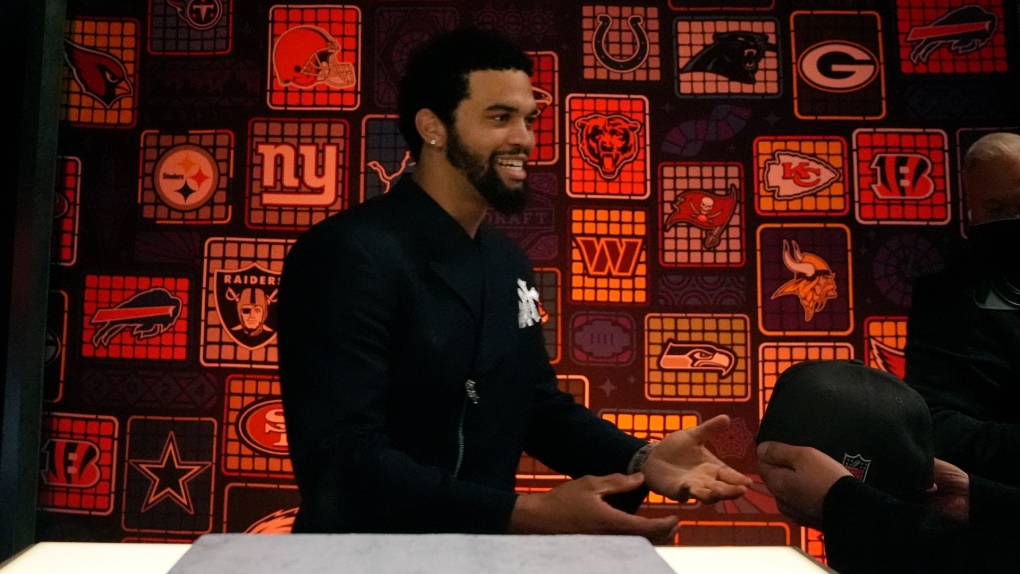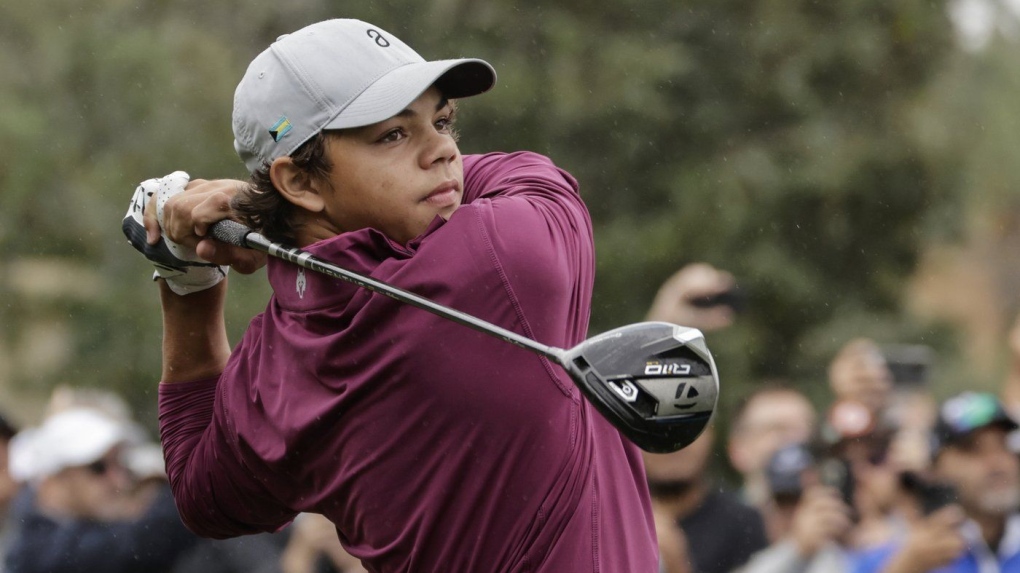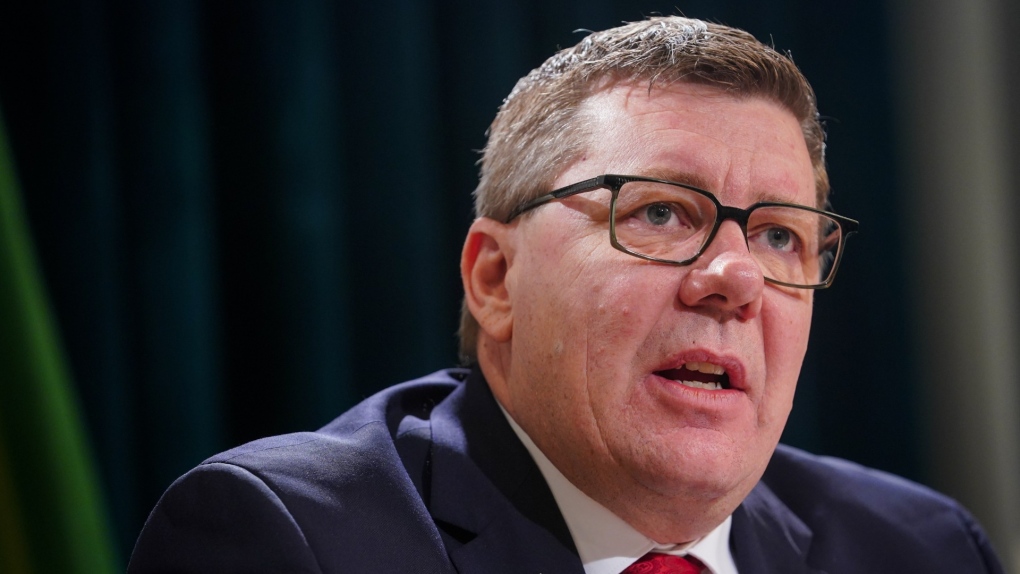The prosecution kicked off closing arguments Monday in the trial of Kyle Rittenhouse, aiming to convince the jury that the teenager opened fire during protests in Kenosha, Wis., without justification and after provoking a conflict.
Rittenhouse is charged with felony homicide related to the killings of two men and attempted felony homicide for wounding a third.
Defence lawyers will follow with its final address to the jury and is expected to highlight the considerable evidence presented at trial supporting Rittenhouse’s argument that he was attacked before he fired his semi-automatic AR-15-style rifle, killing two men and wounding a third.
Kenosha County Assistant District Attorney Thomas Binger told the jury that Rittenhouse shot the men during highly volatile protests in the Wisconsin city against a police shooting there after provoking “this entire incident” by brandishing his weapon.

Binger tried to demonstrate this by lifting up the weapon in front of the jury. “That is what provokes this entire incident,” he said.
“If you are the one who is threatening others, you lose the right to self-defence,” he said. “This isn’t a situation where he was protecting his home or his family.”
The trial is part of the most closely watched case involving a civilian’s right to self-defence since George Zimmerman was acquitted in 2013 in the fatal shooting of Trayvon Martin, an unarmed Black teenager.
Like Zimmerman, Rittenhouse has emerged as a divisive figure, viewed as heroic by some conservatives who favour expansive gun rights and as a symbol of an out-of-control American gun culture by many on the left.
Rittenhouse, 18, is charged with killing Joseph Rosenbaum, 36, and Anthony Huber, 26, and for wounding Gaige Grosskreutz, who turned 28 this month, on Aug. 25, 2020.
The shootings took place during protests — marred by arson, rioting and looting — that followed the police shooting of a Black man, Jacob Blake, who was left paralyzed from the waist down.
Rittenhouse has pleaded not guilty and testified last week that he acted in self-defence. He faces life in prison if convicted. He was 17 at the time of the shootings.
Case centres on self-defence arguments
After the defence presents its closing arguments, the jury will begin deliberations and attempt to form a consensus on guilt or innocence.
The closing arguments are the lawyers’ last chance to influence a jury which has heard evidence supporting Rittenhouse’s argument that he was attacked before he fired his rifle.
In his testimony, the teen, at times losing his composure and crying, said he did not want to kill anyone that night.
Earlier Monday, the trial judge dismissed a misdemeanor charge against Rittenhouse for illegally possessing the AR-15-style rifle he used in the shootings.
Judge Bruce Schroeder sided with the defence argument that there were exceptions in the law that appeared to allow for Rittenhouse to possess the semi-automatic rifle.
While a misdemeanor charge, its dismissal carries symbolic significance for a case that has captured the attention of the public in part because it involved a teenager roaming the streets with a semi-automatic rifle who was not immediately brought into custody by the police in Kenosha.






More Stories
Here’s what’s happening on U.S. campuses as student protests against Israel’s war in Gaza grow | CBC News
Reena Virk killer claims TV series based on crime ‘disrespectful’ to victim’s family | CBC News
Canadian man who died in Cuba mistakenly buried in Russia, family says | CBC News